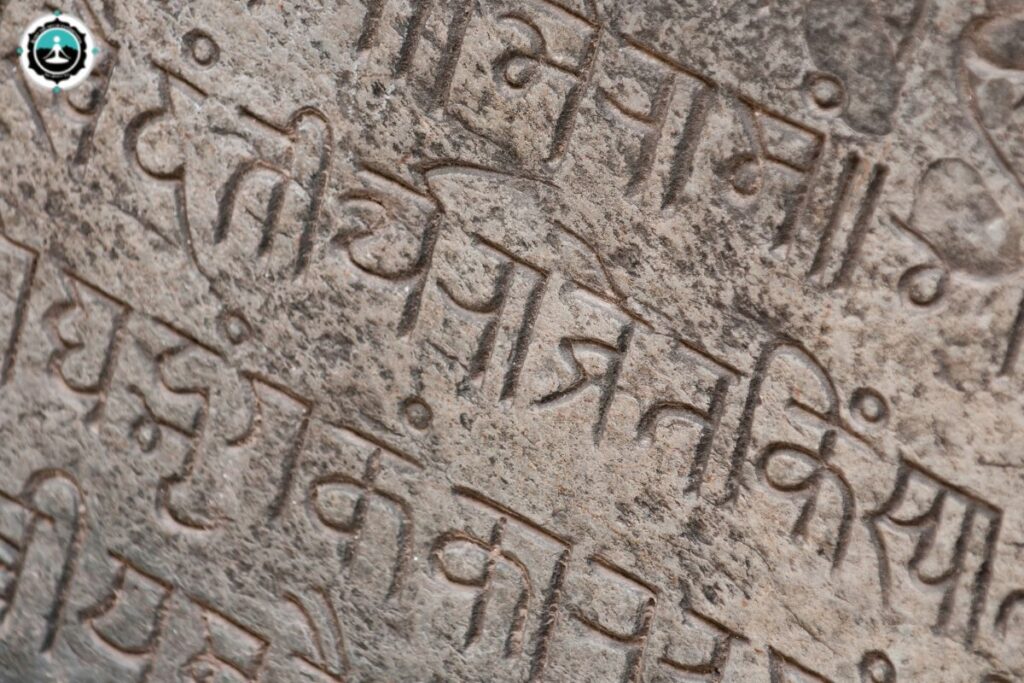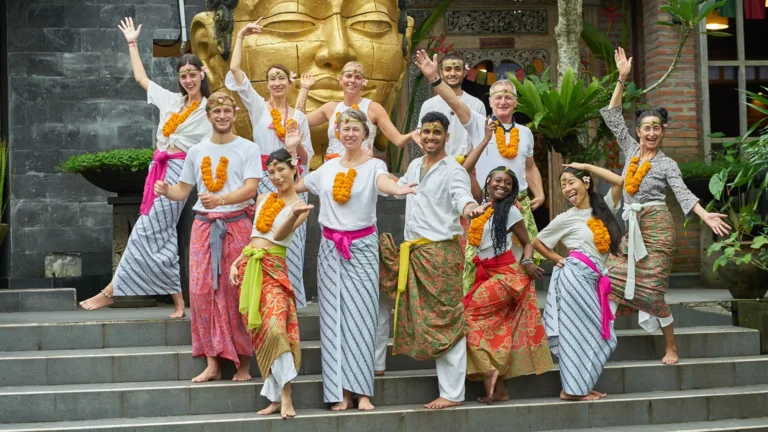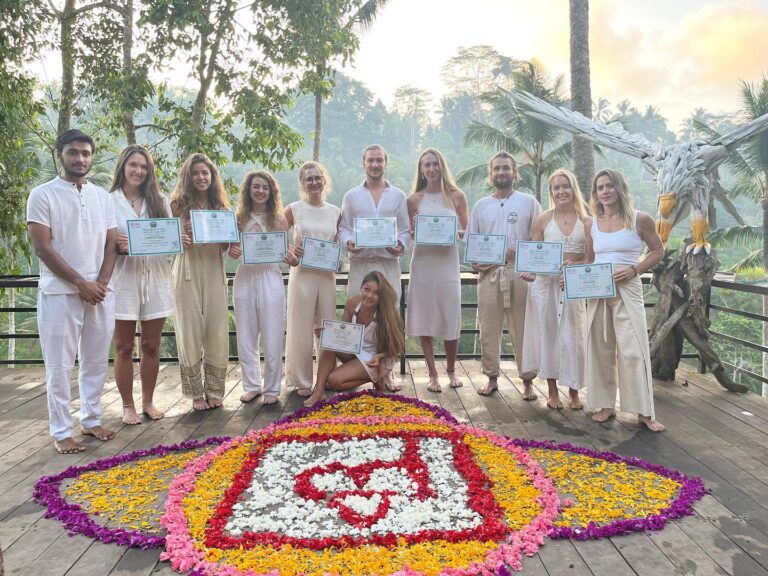Gayatri Mantra: Meaning, Benefits, and Chanting Techniques
The Gayatri Mantra is like a magical song from ancient times, found in the sacred texts of India. It’s like a gift to the sun, bringing wisdom and inner light to those who sing it. People have been chanting it for over 3,000 years because they believe it can truly change their lives, making it a super special and important part of Hindu spirituality.
Origin and Historical Significance
The Gayatri Mantra, part of the Rigveda, is a sacred Sanskrit hymn dedicated to the sun god, Savitri. Its recitation is believed to bestow wisdom and spiritual enlightenment. With origins dating back over 3,000 years, it holds immense historical and spiritual significance in Hinduism and is chanted for its transformative power.
Spiritual and Cultural Relevance
The Gayatri Mantra is deeply embedded in Hindu spirituality and culture. Chanted for centuries, it’s a symbol of divine wisdom and spiritual awakening. Its resonance connects individuals with their inner selves and the cosmos, fostering mindfulness, enlightenment, and a profound spiritual connection within the rich tapestry of Indian culture.
Decoding the Gayatri Mantra

ॐ भूर् भुवः स्वः |
तत् सवितुर्वरेण्यं |
भर्गो देवस्य धीमहि |
धियो यो नः प्रचोदयात् ||
Om Bhur Bhuvah Swaha
Tat Savitur Varenyam
Bhargo Devasya Dhimahi
Dhiyo Yo Nah Pracho Dayateh
Translation: “Om, the eternal source, the essence of life and existence. We meditate upon the divine light of the Sun, the ultimate source of spiritual knowledge and illumination. May the radiant light of the Sun inspire our intellect and guide our minds on the path of righteousness and truth.”
Syllables and Phonetic Breakdown
ॐ (Om) – A-U-M
भूर् (Bhur) – Bhu-ur
भुवः (Bhuvah) – Bhu-vah
स्वः (Svah) – Sva-h
तत् (Tat) – Tat
सवितुर्वरेण्यं (Savitur Varenyam) – Sa-vi-tur Va-ren-yam
भर्गो (Bhargo) – Bha-rgo
देवस्य (Devasya) – De-va-sya
धीमहि (Dheemahi) – Dhi-ma-hi
धियो (Dhiyo) – Dhi-yo
यो (Yo) – Yo
नः (Nah) – Nah
प्रचोदयात् (Prachodayat) – Pra-cho-da-yat
Understanding the Mantra’s Essence

The Gayatri Mantra, a jewel in Vedic literature, encapsulates profound spiritual significance and universal wisdom. At its core, this sacred chant is a supplication to the divine sun, Savitri, seeking illumination for the practitioner’s mind and spirit. It serves as a beacon guiding individuals towards enlightenment and the realization of their higher selves.
The mantra’s essence lies in its intricate construction, with each syllable resonating with specific cosmic vibrations. The invocation of “Om” symbolizes cosmic energy, while “Bhur, Bhuvah, Svah” acknowledges the earthly, mental, and celestial planes. “Tat Savitur Varenyam” implores the worship of the divine sun, recognizing its power to bestow wisdom and enlightenment.
The phrase “Bhargo Devasya Dhimahi” reflects a contemplative posture, urging practitioners to meditate on the divine light. “Dhiyo Yo Nah Prachodayat” is a humble plea for the divine to inspire and guide their intellects.
This mantra is a timeless journey, a connection to cosmic energies, and a pathway to self-discovery. Its essence lies not just in the words, but in the vibrational resonance that transcends the material realm, inviting practitioners to embrace the divine light within and tread the path of spiritual awakening and unity with the cosmos.
Benefits of Chanting Gayatri Mantra

Mental Health and Well-being
Chanting the Gayatri Mantra fosters mental well-being by invoking divine energy. It reduces stress, instills calmness, and enhances focus, promoting mental clarity. The rhythmic recitation induces a meditative state, alleviating anxiety and fostering emotional balance. Regular practice cultivates a sense of inner peace, contributing to overall mental health and harmony in the pursuit of spiritual enlightenment.
Spiritual Enlightenment and Growth
Chanting the Gayatri Mantra is a transformative practice that accelerates spiritual growth and enlightenment. The mantra’s vibrational resonance aligns the practitioner with higher consciousness, fostering deep introspection and self-realization.
Regular recitation cultivates inner peace, clarity, and a profound connection with the divine. It serves as a spiritual compass, guiding the seeker on the path of wisdom, self-discovery, and a heightened awareness of the interconnectedness of all existence.
Physical Health Benefits
Chanting the Gayatri Mantra is believed to offer physical health benefits by promoting overall well-being. The rhythmic vibrations during recitation can have a calming effect, reducing stress and lowering blood pressure.
This meditative practice is thought to enhance respiratory function, promoting healthy breathing patterns. Additionally, the focused concentration during chanting may contribute to improved concentration and mental clarity, indirectly benefiting physical health through stress reduction and mental well-being.
Chanting Techniques and Practices

Ideal Time and Place for Chanting
Chanting the Gayatri Mantra is ideally performed during the peaceful early morning hours, known as Brahma Muhurta, fostering a serene atmosphere for spiritual practice. A tranquil, clean space with minimal distractions enhances the potency of this sacred chant, promoting a deeper connection with the divine vibrations.
Pronunciation and Intonation Guide
To chant the Gayatri Mantra, pronounce each syllable clearly: “Om Bhur Bhuvah Svah, Tat Savitur Varenyam, Bhargo Devasya Dhimahi, Dhiyo Yo Nah Prachodayat.”
Maintain a rhythmic and resonant intonation, allowing the vibration of each word to resonate within. Practice with devotion, focusing on clarity, and the transformative power of this ancient chant.
Frequency and Duration Recommendations
The frequency and duration of chanting the Gayatri Mantra can vary based on personal preference, spiritual practices, and daily routines. Here are general recommendations:
- Frequency: Chanting the Gayatri Mantra daily is beneficial. Traditionally, it is chanted three times a day—morning, noon, and evening. However, individuals may choose a frequency that aligns with their schedule and spiritual goals.
- Duration: The mantra is often chanted in cycles of 108 repetitions, which is considered auspicious in many spiritual traditions. A daily practice of 15-20 minutes is a common recommendation, but the duration can be adjusted based on personal preferences and time constraints.
Ultimately, the key is regularity and sincerity in the practice, allowing the vibrational energy of the mantra to resonate within and bring about spiritual and mental well-being.
Understanding the Science Behind the Gayatri Mantra

The Gayatri Mantra’s rhythmic chanting stimulates the vagus nerve, promoting relaxation and reducing stress. Its syllables are designed to produce specific frequencies, resonating with the body’s energy centers. This harmonic resonance is believed to enhance mental clarity and elevate consciousness. The mantra’s vibrations synchronize brain waves, inducing a meditative state, contributing to overall well-being and fostering a profound connection between mind, body, and spirit.
Vibration and Resonance
The Gayatri Mantra, through its rhythmic vibrations, influences the body’s energy centers. The precise frequencies created during chanting synchronize with natural vibrations, fostering a resonance that harmonizes the mind and body. This ancient practice is believed to positively impact mental states, promoting relaxation, clarity, and overall well-being.
Brainwave Patterns and Effects
Chanting the Gayatri Mantra influences brainwave patterns, inducing a meditative state. It triggers alpha and theta waves associated with deep relaxation and heightened awareness. This rhythmic practice is believed to enhance cognitive functions, reduce stress, and foster mental clarity, contributing to overall well-being and spiritual elevation.
Role of Gayatri Mantra in Hindu Scriptures

References in Vedas and Other Texts –
The Gayatri Mantra finds its primary reference in the Rigveda, one of the oldest sacred texts of Hinduism. It is specifically present in Book 3, Hymn 62, Verse 10. The mantra is also mentioned in other Vedic texts like the Yajurveda and the Sama Veda. Additionally, various Upanishads and the Bhagavad Gita discuss the significance of the Gayatri Mantra in the context of spiritual knowledge and meditation.
Interpretations and Contextual Relevance
The Gayatri Mantra, in its profound simplicity, carries varied interpretations and resonates with contextual significance. It serves as a prayer for enlightenment, seeking divine guidance in the quest for self-discovery. In a broader perspective, it echoes the universal quest for wisdom, recognizing the interconnectedness of all existence. Beyond religious confines, the mantra embodies a timeless invitation to spiritual awakening, inner illumination, and the harmonious equilibrium of mind, body, and spirit.
Conclusion
In summary, the Gayatri Mantra serves as an enduring guide to spiritual enlightenment and universal insight. Its importance surpasses religious confines, representing a plea for divine guidance and self-discovery. Reciting this mantra enhances mental clarity, alleviates stress, and forges a profound link with the divine. Rooted in ancient Vedic wisdom, its vibrations resonate with the pursuit of wisdom and interconnectedness. The manifold benefits of the Gayatri Mantra encompass physical, mental, and spiritual well-being, epitomizing a holistic life philosophy. Those who embrace its rhythmic verses embark on a transformative path toward inner radiance, equilibrium, and serene existence.







